#Ceramics-Vessels
Explore tagged Tumblr posts
Text
Peruvian whistling vessels simulating animal calls (some of the oldest found date to c. 500–300 BCE)
#Peru#Peruvian#whistling vessels#animal vessels#archaeology#history#ceramics#Inca#Incan#art#sculpture#animal calls
28K notes
·
View notes
Text
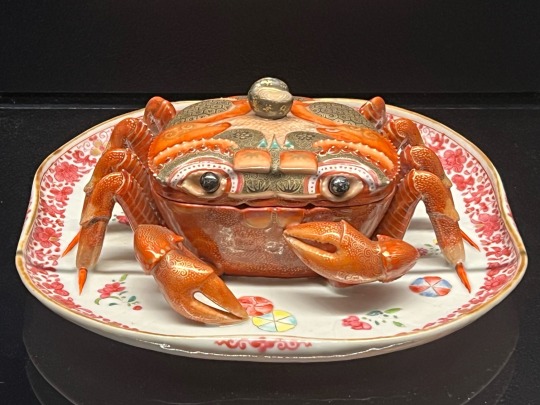
Crab tureen, 1736-95
Artists in Jingdezhen, China. Porcelain
Peabody Essex museum, Salem MA
11K notes
·
View notes
Text
sold
this is my favourite nightmare fuel pottery lmao
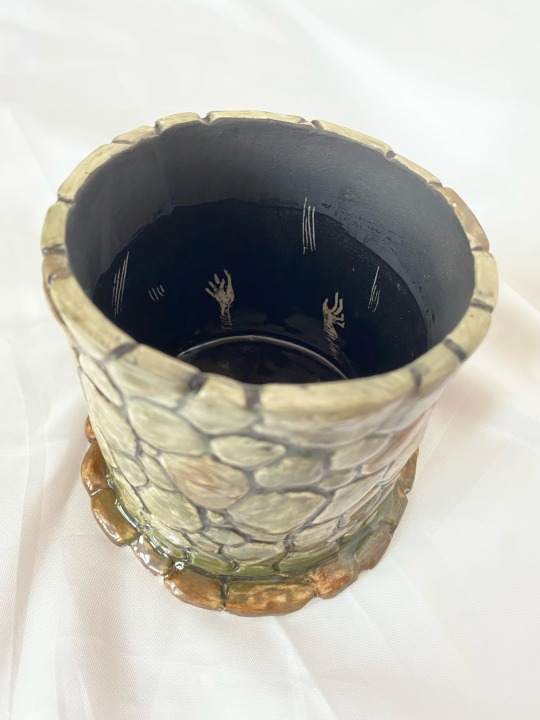
the clear glaze only goes halfway up the inside so it looks wet deeper in the well but not at the top
#pottery#ceramics#ceramic#sgraffito#ceramic art#carving#underglaze painting#video#well#wishing well#haunting#haunted#horror#horror art#hands#creepy art#creepy#sculpture#sculptural#lidded container#lidded vessel#claypigeon#glazeware
5K notes
·
View notes
Text
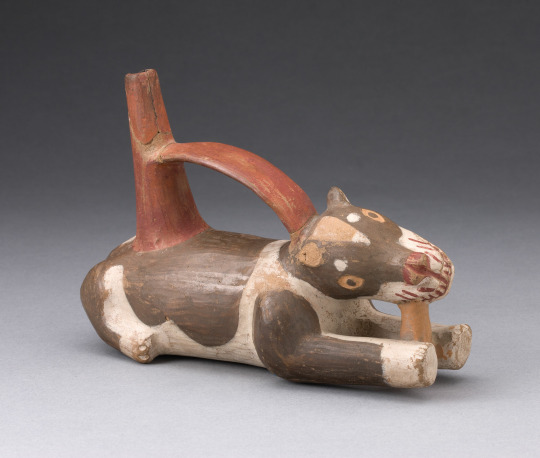
Single Spout and Bridge Vessel in the Form of a Dog Gnawing a Bone
Tiwanaku-Wari, Peru or Bolivia, 700–1000
2K notes
·
View notes
Text
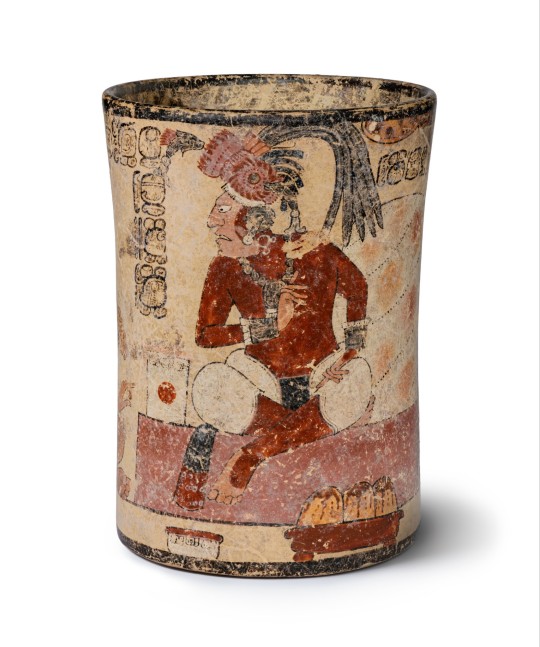



~ Cylinder Vessel with Palace Scene.
Place of origin: Guatemala, Petén, Dos Pilas or vicinity
Culture: Maya, lk style
Date: A.D. 740–800
Medium: Slip-painted ceramic with post-fire pigment.
#8th century#9th century#cylinder vessel#ceramics#palace scene#petén#dos pilas#guatemala#ik style#maya#mayan#pigment#Mesoamerica#pre columbian#a.d. 740#a.d. 800#history#museum#archeology#archaeology
759 notes
·
View notes
Text

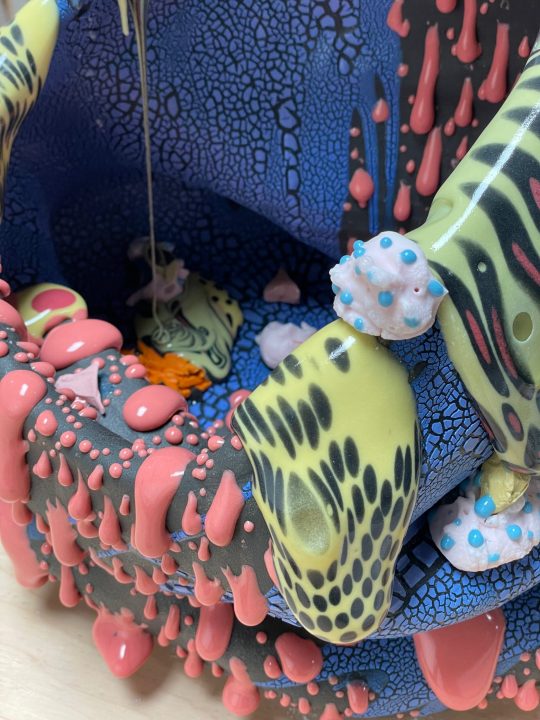
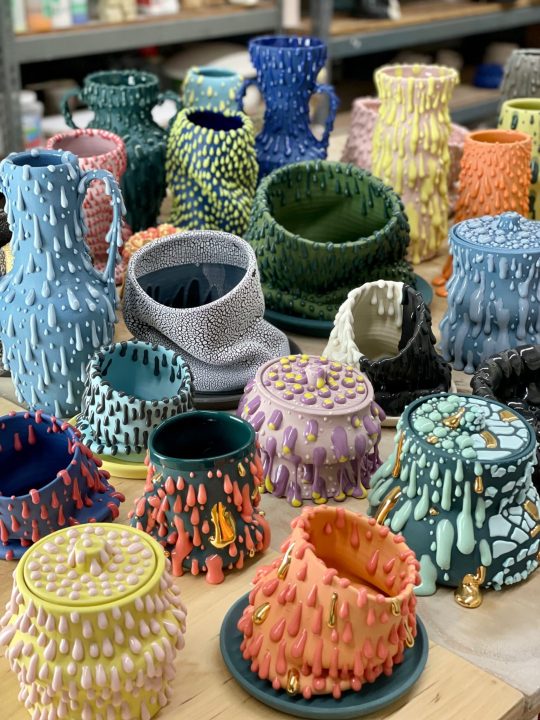
Slouching Ceramic Vessels by Philip Kupferschmidt Ooze with Heavy Drips and Gloopy Glazes
2K notes
·
View notes
Text

Quechua jar representing a bull, c. 1935-1945
Pucará, Peru
Pottery, clay slip, glaze, paint
33.00 x 11.50 x 27.50 cm
Smithsonian NMAI 20/8146
Records on similar pieces in the collection note they demonstrate how Inca llama ritual iconography was transferred onto the Spanish bull.
#animals in art#20th century art#museum visit#effigy vessel#animal effigy#bull#Peruvian art#Andean art#South American art#Indigenous art#Quechua art#Smithsonian NMAI#1930s#1940s#pottery#ceramics#polychrome#livestock#animal iconography
153 notes
·
View notes
Text

Vessel with two feet, Northern Iran - 1000-800 BC
A tall vessel with an oval, almost bag-like body, a somewhat elongated neck with an everted rim and a pair of narrow curving handles that spring from the oblique shoulder to the neck.
The lower portion of the vessel splits into two legs with well-modeled feet. Details such as ankle bones and the arch of each foot are rendered by modeled forms rather than incised lines.
The overall effect is that of a wine- or waterskin rather than a ceramic vessel. It is likely that this association was intentional- as the light porous ceramic body of the vessel allows water to evaporate slowly through the sides, thus slightly cooling the remaining contents.
Earthenware - 18⅞"x 7¾" ((48 x 19.5 cm),
Courtesy: Brooklyn Museum
#art#history#design#style#archeology#sculpture#vessel#feet#iran#1000 B.C.#ceramics#earthenware#brooklynmuseum#wine#bottle#cooling
1K notes
·
View notes
Text



Moar berry calf tumblers 🫐 🍓 🐄
#hyydraworks#cute#ceramics#traditional art#pottery#illustration#handmade#fantasy#blueberry cow#strawberry cow#fruit#berry#tumbler#cup#vessel
172 notes
·
View notes
Text

Food serving vessel (dui)
China
early 6th century BCE
#food serving vessel#Chinese artisan#ceramics#pottery#arts and crafts#asian art#chinese art#chinese culture#chinese history#artifacts#antiquities#aesthetic#beauty#craftsman#art history#aesthetictumblr#tumblraesthetic#tumblrpic#tumblrpictures#tumblr art#tumblrstyle#artists on tumblr
262 notes
·
View notes
Text

🐗@reniadeb🐗
#barbie#margot robbie#greta gerwig#boar meme#meme#funny#memes#boar vessel#etruscan#ceramic#twitter#comedy
372 notes
·
View notes
Text

June 2013 KTM Kathmandu Nepal Thamel
© KOJI ARAKI Art Works
Daily life and every small thing is the gate to the universe :)
#2013#June#June 2013#KTM#Kathmandu#Nepal#Thamel#candle holder#clay candle holder#vessels for offerings#shop selling ceramic clay vessels#photographers on tumblr#b&w photography#black and white photography#monochrome photography#original photography#photography#koji araki art works#PENTAX K10#SIGMA 15mm 2.8 EX Fisheye#SIGMA#PENTAX
45 notes
·
View notes
Text


A bowl that my dad and I collaborated on! It was given away years ago, but I found it in my old photos and liked it.
#ceramics#sold#fusion vessel#pottery#image description in alt text#raccoons#raccoon art#raccoon sculptures
369 notes
·
View notes
Text



not available
this was my very last wheel thrown piece. it's been like 3-4 years I think? I should really work on the wheel once in awhile but I just always have pieces I want to build
#look how tiny the knob is#not great for usability lol#cranes#crane art#birds#bird art#underglaze painting#wheel thrown pottery#ceramic jar#lidded vessel
107 notes
·
View notes
Text

Circular Vessel Depicting Figures Holding Ceremonial Staffs
Nazca, Peru, 180 BCE–500 CE
294 notes
·
View notes
Text

~ Eagle effigy vessel.
Date: ca. A.D. 1450
Period: Late Postclassic
Place of origin: Eastern Nahua
Medium: Ceramic with polychrome slip
#history#museum#archeology#ancient history#archaeology#eagle effigy vessel#eagle#pottery#late postclassic period#nahua#ceramic#ca. a.d. 1450
2K notes
·
View notes